10 Tips on Buying Your First Investment Property
Not sure how to get started buying your first investment property? Check out the 10 tips below.
Tip #1: Make sure you want to be a landlord.
Owning a rental property means becoming a landlord, and that comes with a variety of benefits. You’ll have a steady, passive income stream and more flexibility than you’d have actively working for the same amount. You’ll also benefit when property values appreciate or rental prices go up. Done right, managing your own rental properties can be a lucrative source of side income or, when you’ve built your portfolio, a replacement for a full-time job.
However, being a landlord isn’t for everyone, and before you commit, you should make sure you're in it for the long run. Some potential cons include the following:
Cost: There are costs associated with owning any property, including property taxes, insurance, maintenance, and repairs. You should factor in these costs when you’re determining how much you can afford to buy.
Risk: Unfortunately, operating a rental does come with some risk. Tenants can damage your property or refuse to pay their rent—but properly screening your tenants can help prevent these problems.
Time: While being a landlord is less time-consuming than other income streams, you’ll still need to commit to finding and screening tenants, doing maintenance and repairs, and collecting rent.
If you want to invest in a rental property, but being a landlord isn’t your thing, you can hire a property management company to take care of these tasks for you. You’ll trade the time and energy spent managing your rentals for the cost of hiring someone to do it for you.
Tip #2: Start simple.
For your first investment property, start simple. Don’t go for a fixer-upper, a huge multi-unit property, or one with another complex situation, or you might end up in over your head. Opt for an affordable, well-maintained property with a unit or two in a good location to help ensure that your investment is successful. Once you have more experience under your belt, you can branch into properties that offer more risk and more potential reward.
Tip #3: Be selective about your location.
Location is always the first thing you should consider when you’re selecting an investment property because it’s one of the only things you can’t change. The location of your rental will influence how easy it is to find tenants and for how much you can rent it out. Consider how close the property is to popular amenities, major employers and universities, and public transit, as well as what it can offer tenants in terms of parking and security. Think about how easy it will be for you to access the property when you need to, and don’t ignore factors like grocery stores, shopping centers, and other necessities that make potential tenants’ lives easier.
Tip #4: Do a lot of research.
You’ll do this anyway when you’re working on #3, but it’s important to research more than the location’s physical attributes. You’ll also want to look into the housing market in your area of choice. Do most people rent or own their homes? How much do properties like yours sell for, and how much do they rent for? Consider the number of beds and bathrooms and the level of finish—is it newly renovated with luxury materials, or are you working with something a little older and well-loved? Either way, compare your ideal property to available properties in the surrounding area. This will help you get an idea of what you can expect to pay and what you can expect to get when you list it for rent.
Tip #5: Keep emotions out of it.
When you’re buying a primary residence, emotions play a significant role—and that’s smart. If you’re going to spend the majority of your time in a home, you should love it!
But when you’re investing, it’s important to focus on the monetary aspects of a property, not the way it makes you feel. Falling in love with a property—especially the wrong property—can muddy your decision-making process and make it harder to make smart financial decisions.
How do you keep emotions out of the shopping process? Try to remember that it doesn’t actually matter if you love the home; it just matters that someone might. You’re not going to live in this property; someone else is, and they might have the complete opposite taste that you do! A property that you love, the perfect tenant might hate, and vice versa. Instead of trying to find the property that makes your heart sing (like you would for your primary residence), look for one with great income potential and broad appeal.
Tip #6: Get preapproved.
Getting a preapproval for a mortgage on a rental property is similar to getting one for your primary residence. You should do it so that you have a rock-solid understanding of your budget when you start shopping, to lock in a mortgage rate, and to make sure your financing goes quickly and smoothly when you’re ready to make an offer. Including a preapproval letter in your offer will also let the seller know that you’re capable of buying the property at that price, making your offer more competitive.
Mortgages for rentals that have one to four units are also known as non-owner-occupied mortgages. How do they differ from a standard mortgage? Typically, these types of loans will have higher interest rates. From the bank’s perspective, there’s a higher risk of default on a property that you don’t live in. You can make sure you’re getting the best rate possible by shopping around for a mortgage and getting multiple quotes.
Tip #7: Follow the 1% rule.
Real estate’s 1% rule is a great guideline for determining how much you should spend on the initial purchase of a rental. It compares the purchase price to the gross income the property will generate (gross meaning the amount you’ll get before you deduct all the costs of maintenance and operation). To follow the 1% rule, the monthly rent from your property must be greater than or equal to 1% of the purchase price.
That means if you buy an investment property for $300,000, the rent must be at least $3,000 for it to pass the 1% rule. If a property is very expensive, and the average rent in the area is low, it’s a good idea to take it off your list of potential purchases.
The 1% rule is a good way to ensure positive cash flow, but keep in mind that it’s just a guideline, and it’s not the only way of deciding how much you should spend. In markets with expensive purchase prices or low rental values, another percentage might make more sense. Ask your real estate agent for their thoughts on your particular location.
Tip #8: Focus on positive cash flow.
The 1% rule is useful because it helps keep your cash flow positive—and that’s one of the most basic tenets of successful investing. Your investment should always generate more than it costs—and for rentals, this means that the rental income should be greater than the expenses associated with owning the property. That includes the monthly mortgage payments, property taxes, insurance, maintenance, repairs, advertising, and if you choose, property management costs.
How do you increase cash flow? Can’t say this enough, but location is one of the most important factors. Another way is to make valuable but cost-effective improvements to the property that appeal to tenants. That could mean adding laundry hookups where possible, including a covered parking space, or fencing in the yard. Ask your real estate agent what the most-wanted features in your area are, and consider adding them to your property.
Finally, you can keep cash flow positive by managing the property effectively to minimize expenses and maximize income. What does that mean? Be a good landlord! Make minor repairs when they’re necessary to prevent major, more-expensive problems down the road. Respond to tenant problems swiftly, and always respect housing regulations in your area. This will help you keep tenants, minimizing turnover and vacancies.
Tip #9: Become familiar with housing laws in your area.
Once you’ve decided that owning a rental property is for you, start studying up on fair housing laws and landlord/tenant regulations in your area. The former are federal, and they prevent housing discrimination based on protected class status. You can find them on the U.S. Department of Housing and Urban Development website.
Landlord-tenant regulations set out rules that govern the relationship between landlords and tenants. They cover things like rent control, the eviction process, security deposits, maintenance and repairs, lease agreements, discrimination, and more. They protect the rights of both landlords and tenants, and they vary by state. Check out your state’s housing website for more information.
Tip #10: Hire an expert real estate agent.
By now, you should be feeling a little more prepared to buy your first rental property—but that doesn’t mean you should go it alone. Hiring an expert real estate agent will ensure that you find the right property to meet your goals and that you get the best deal when it’s time to buy. The right agent can answer all of your questions and make sure you’re feeling confident about the process from start to finish.
Haven’t found your real estate agent yet? Get in touch. Our team is standing by to meet all your real estate needs.
Let's go.
If you're ready to invest in real estate, we're ready to help. Get in touch today to talk about your options and start your property search.




